“관자놀이”는 영어로 “Temple”로 번역됩니다. 이는 머리의 측면, 특히 눈과 귀 사이에 위치한 부분을 의미합니다.
“관자놀이”를 영어로 표현하는 방법
- Temple (관자놀이)
- Side of the head (머리의 측면)
- Lateral cranial region (측두부)
1. Temple
“Temple”은 머리의 양측 부분을 가리킵니다.
- The temple is located between the forehead and the ear. (관자놀이는 이마와 귀 사이에 위치합니다.)
- Pressing on the temple can sometimes relieve tension headaches. (관자놀이를 눌러주면 긴장성 두통을 완화하는 데 도움이 될 수 있습니다.)
- The temple area is often sensitive to touch. (관자놀이 부분은 일반적으로 촉각에 민감합니다.)
2. Side of the head
“Side of the head”는 머리의 측면을 포괄적으로 설명합니다.
- The side of the head includes the temples and the area around the ears. (머리의 측면은 관자놀이와 귀 주변의 영역을 포함합니다.)
- Injuries to the side of the head can sometimes result in headaches or dizziness. (머리의 측면에 대한 부상은 때때로 두통이나 어지러움을 유발할 수 있습니다.)
- Haircuts and hairstyles can emphasize the shape of the side of the head. (헤어컷과 헤어스타일은 머리 측면의 형태를 강조할 수 있습니다.)
3. Lateral cranial region
“Lateral cranial region”은 해부학적으로 보다 정확한 표현입니다.
- The lateral cranial region is important in various medical examinations. (측두부는 다양한 의학적 검사에서 중요합니다.)
- Understanding the lateral cranial region can help in diagnosing certain conditions. (측두부를 이해하는 것은 특정 질환 진단에 도움이 될 수 있습니다.)
- This region is also involved in the attachment of muscles that facilitate jaw movement. (이 영역은 턱 움직임을 돕는 근육의 부착과 관련이 있습니다.)
“관자놀이”는 영어로 “Temple”로 표현되며, 머리의 측면과 관련된 다양한 개념을 포함합니다.


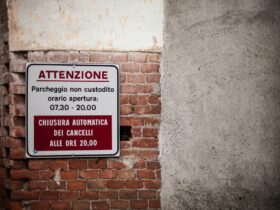



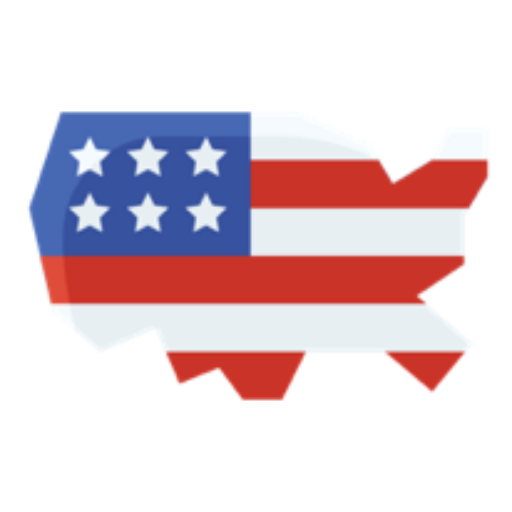
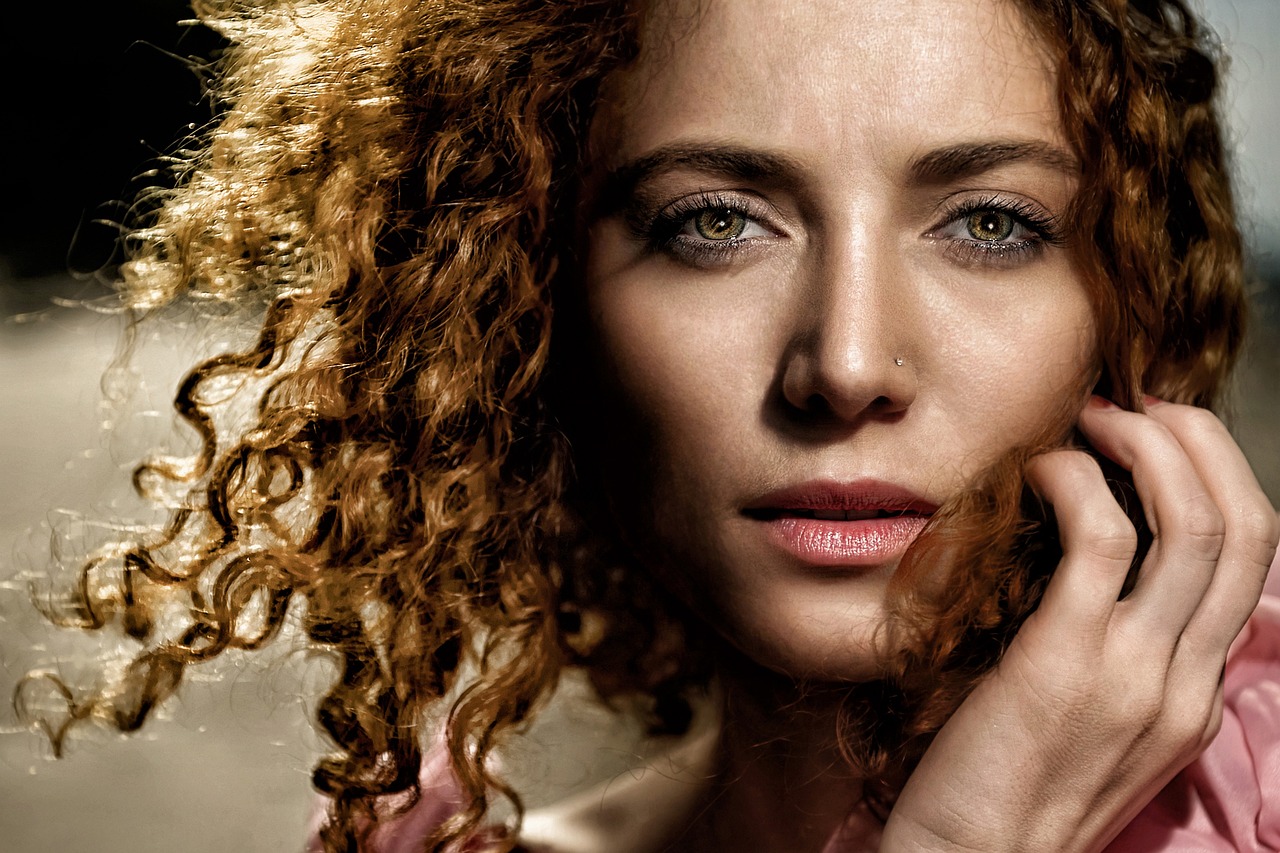
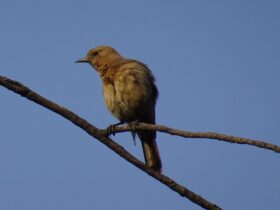

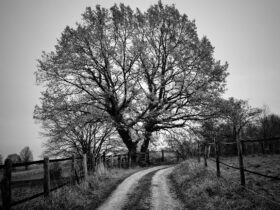


Leave a Reply